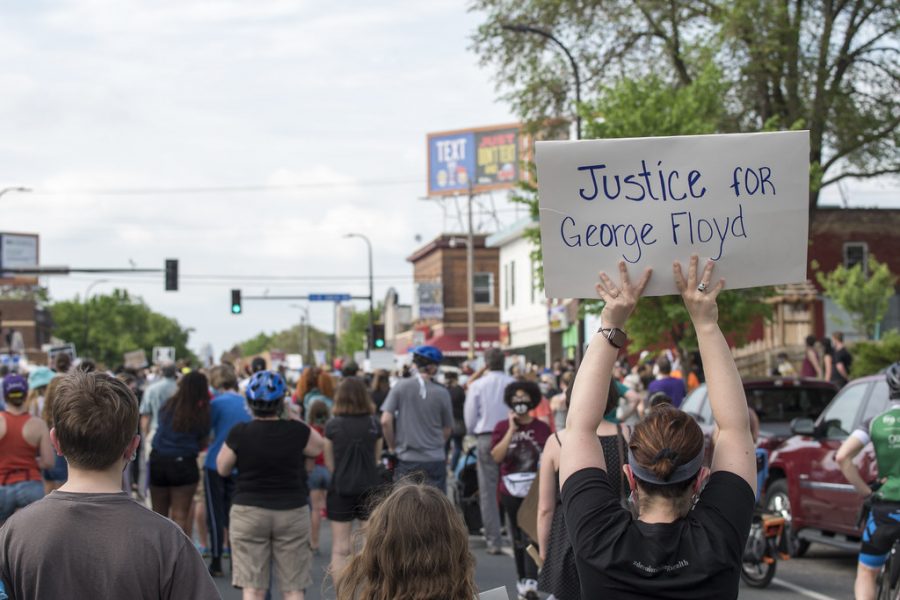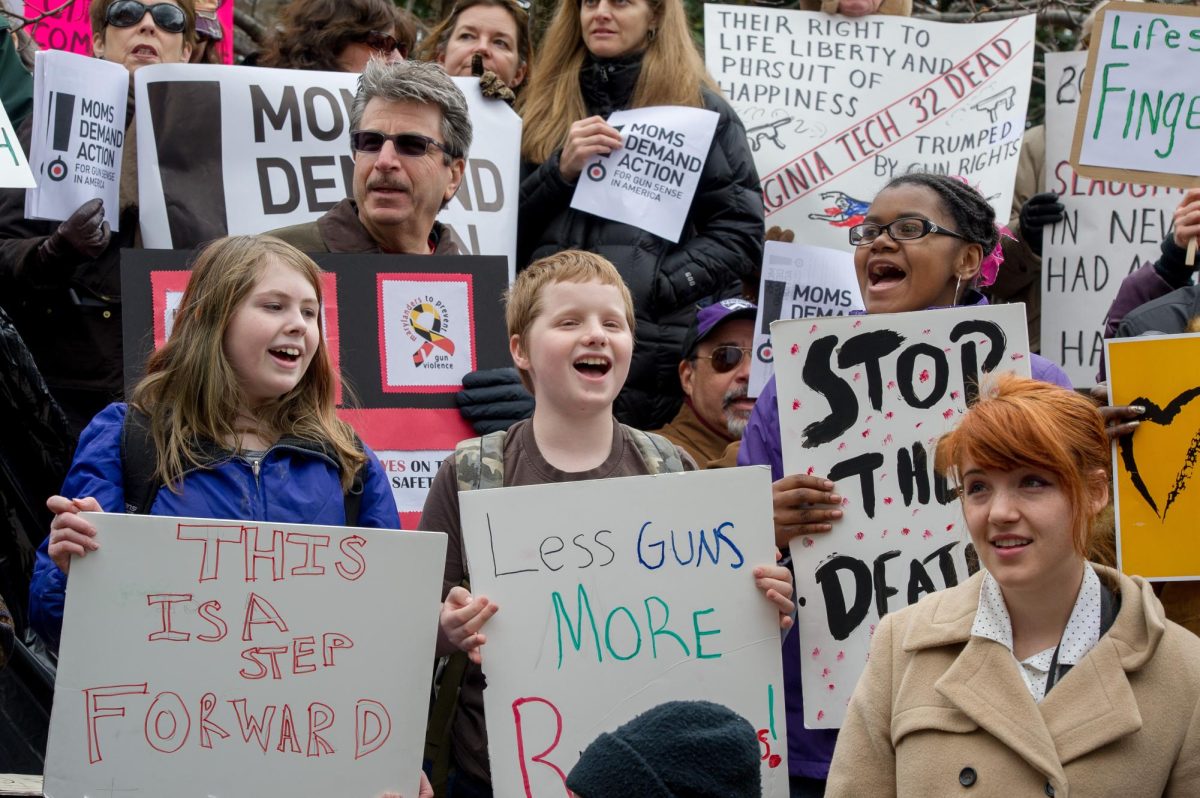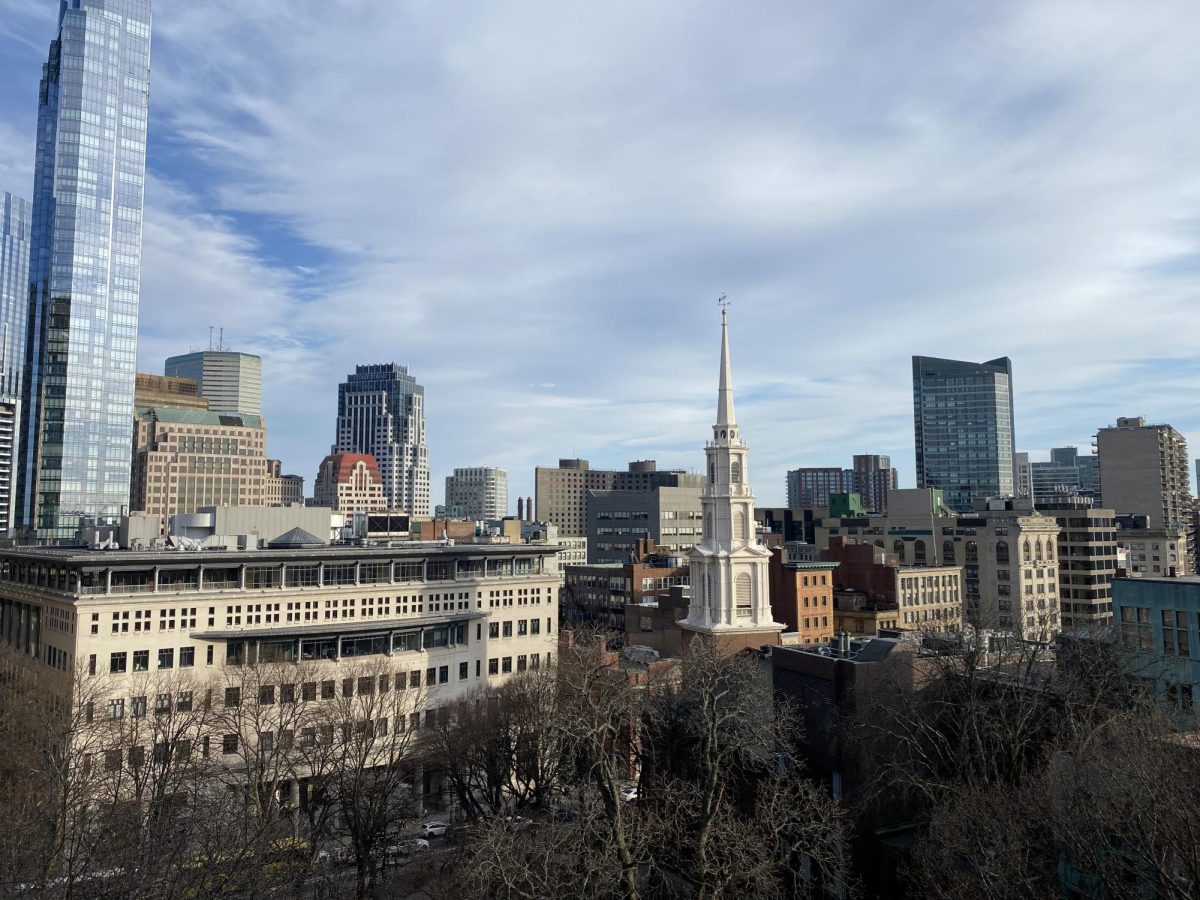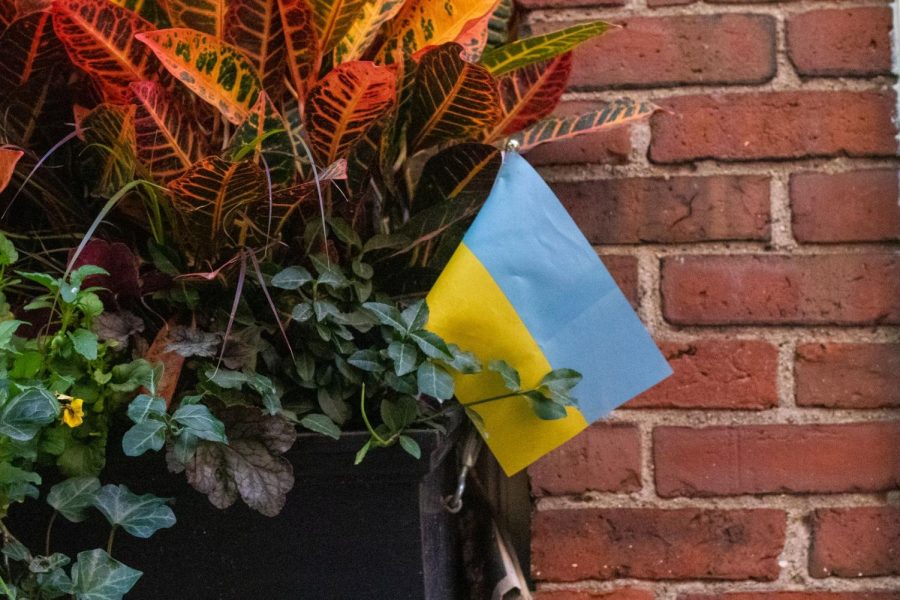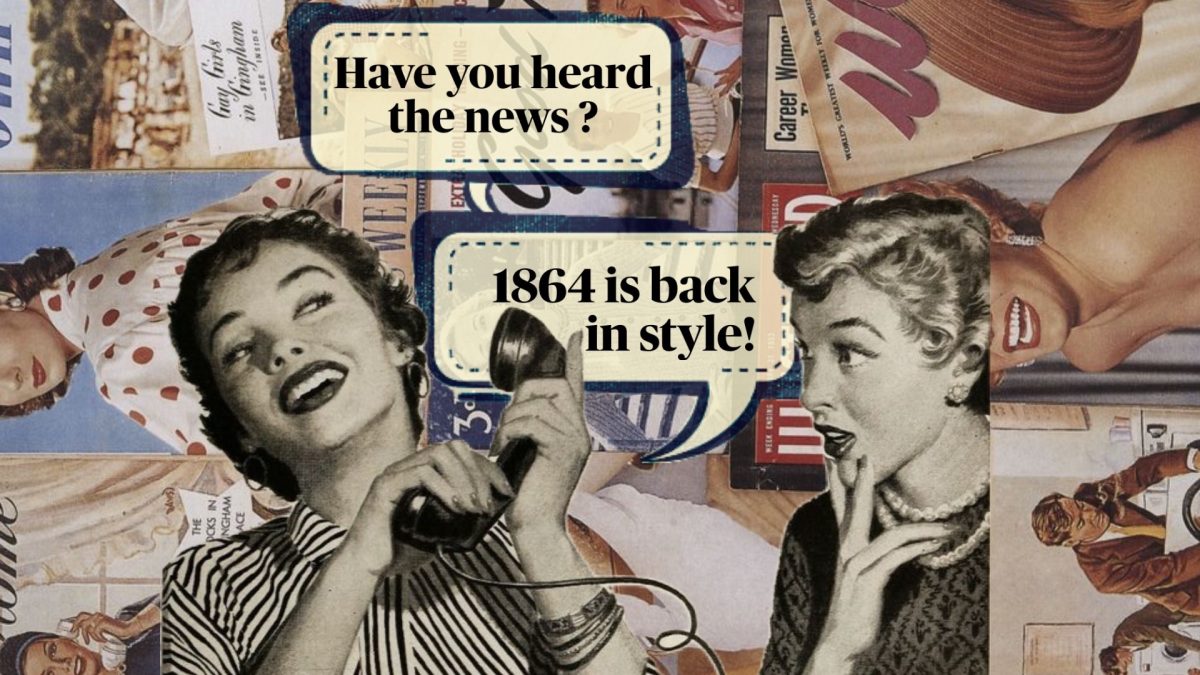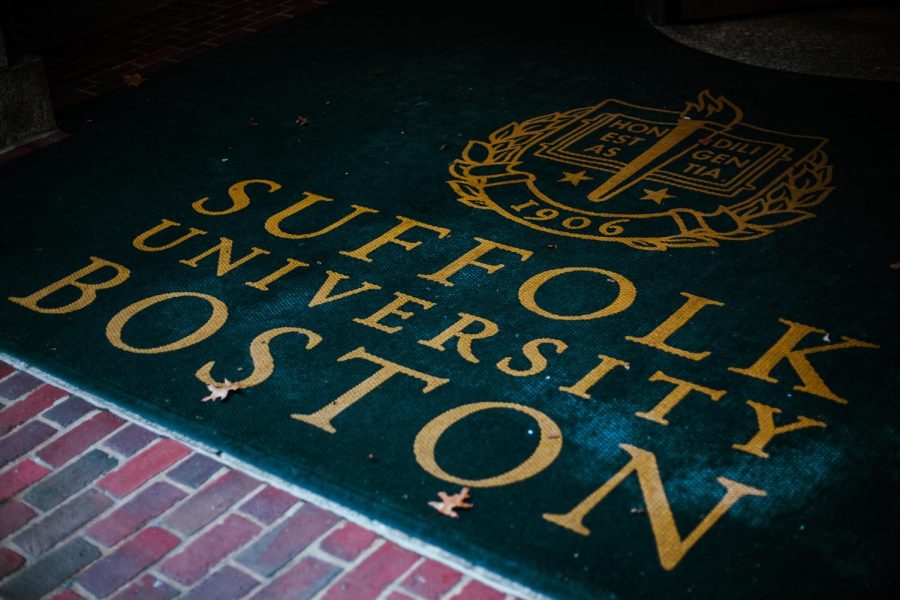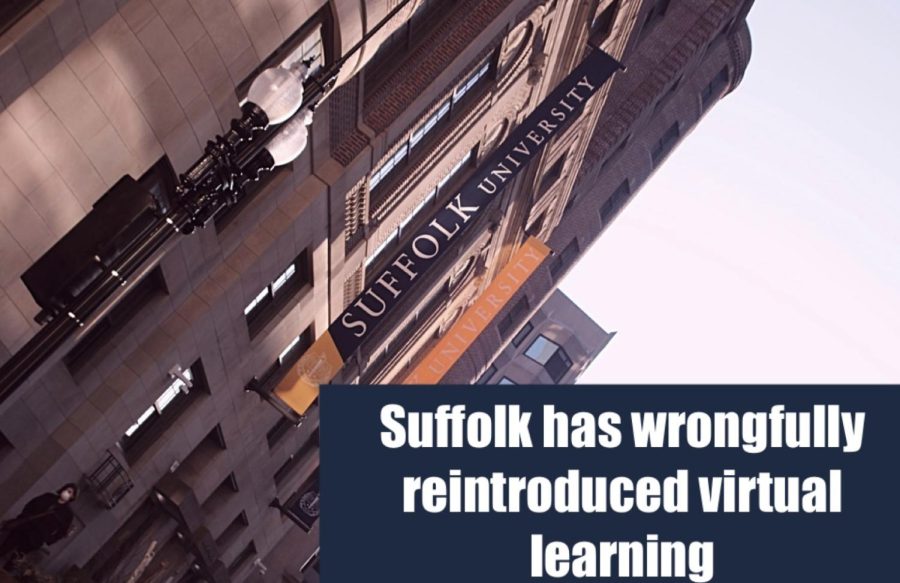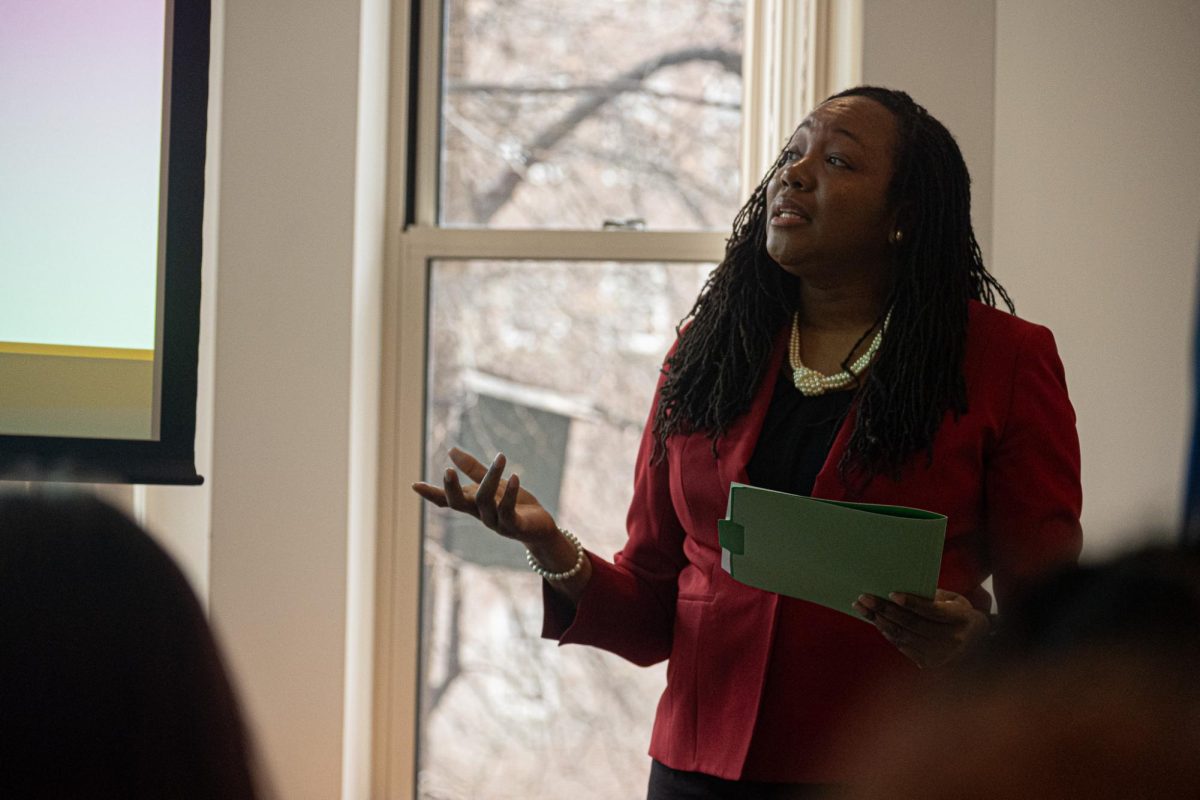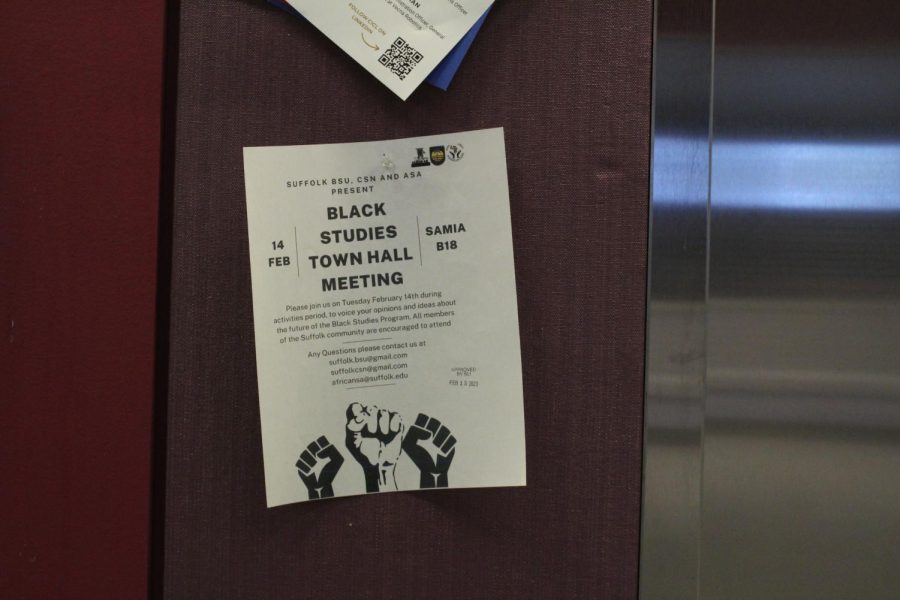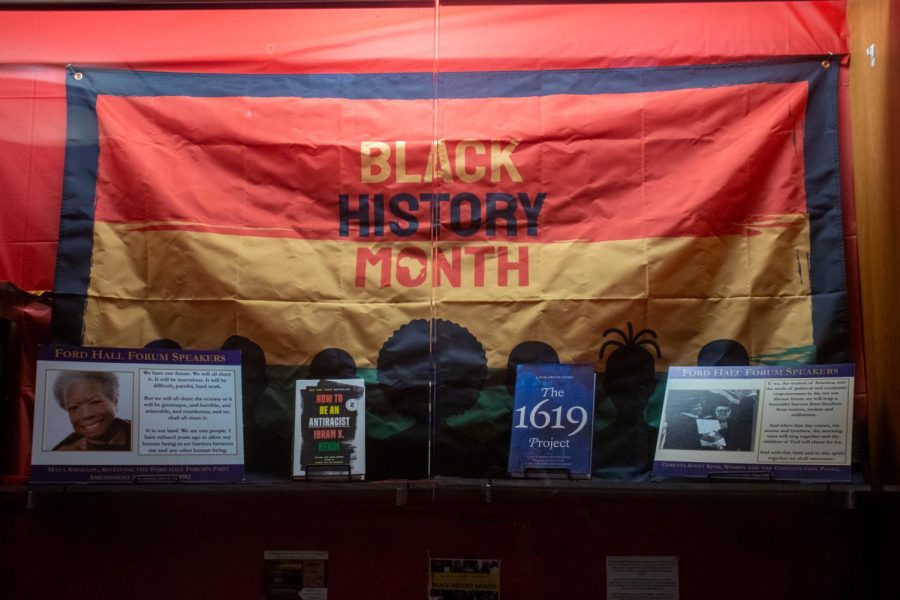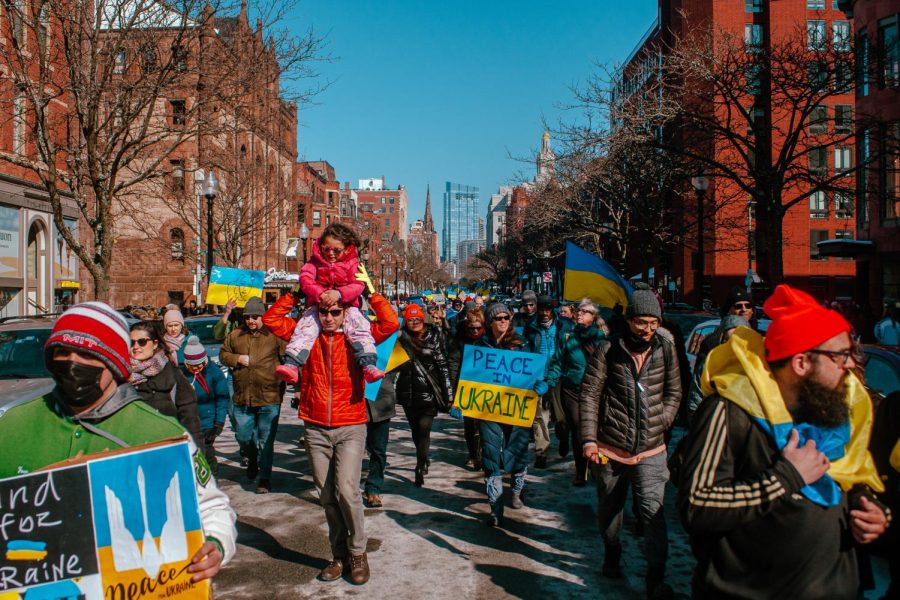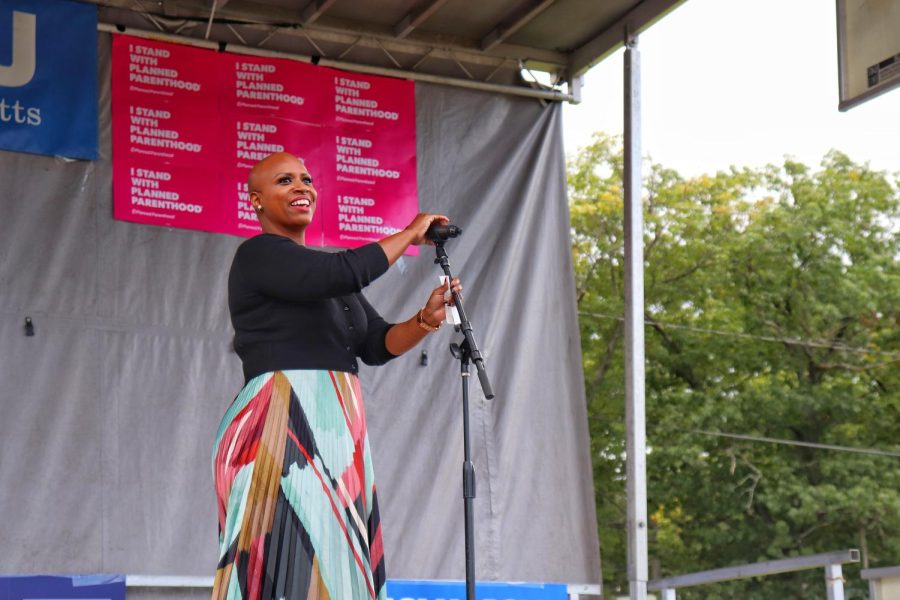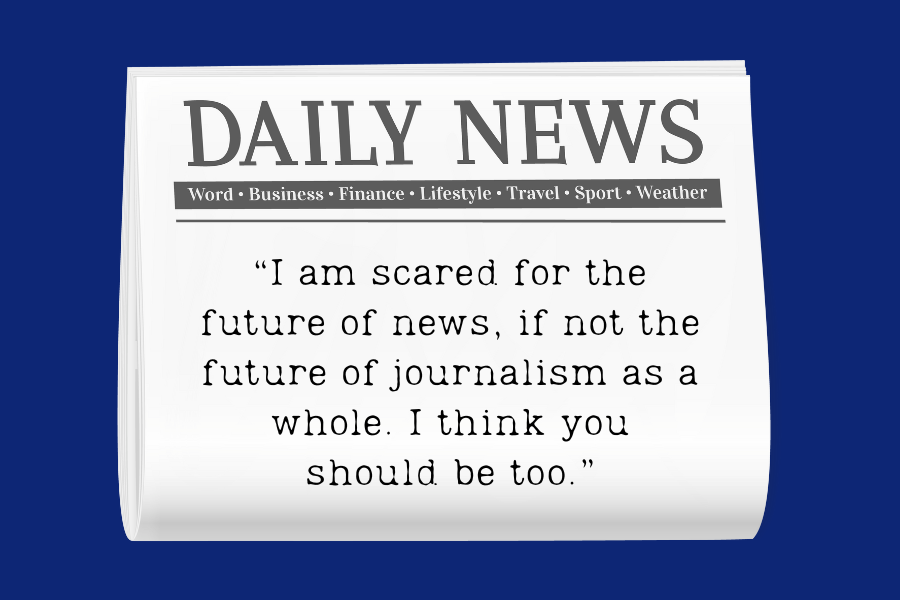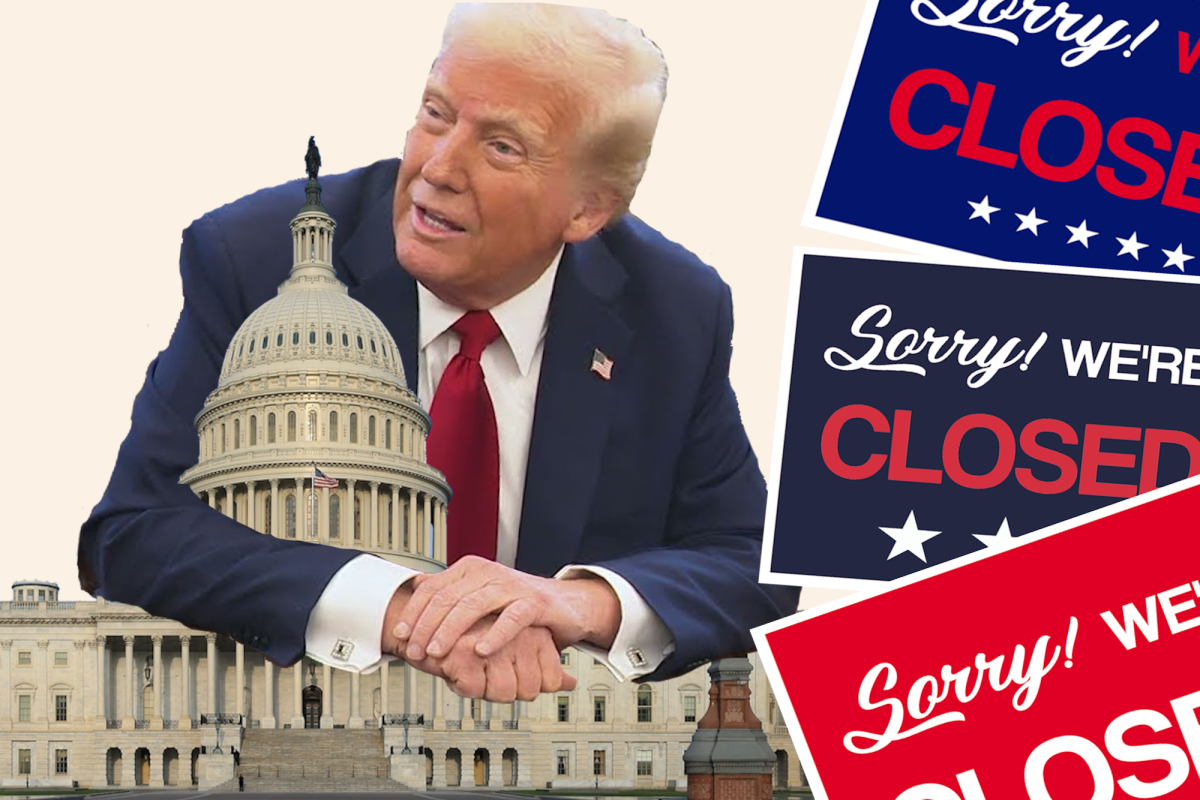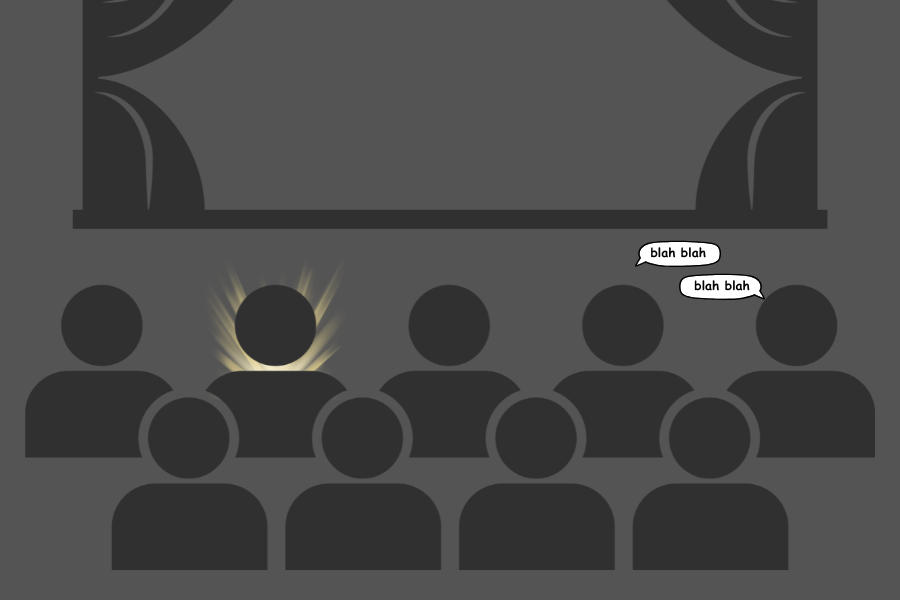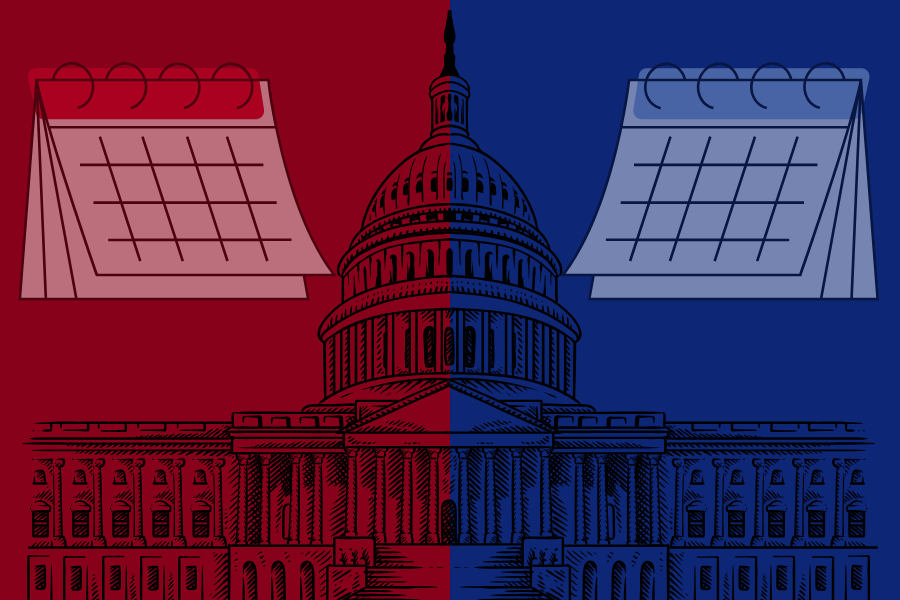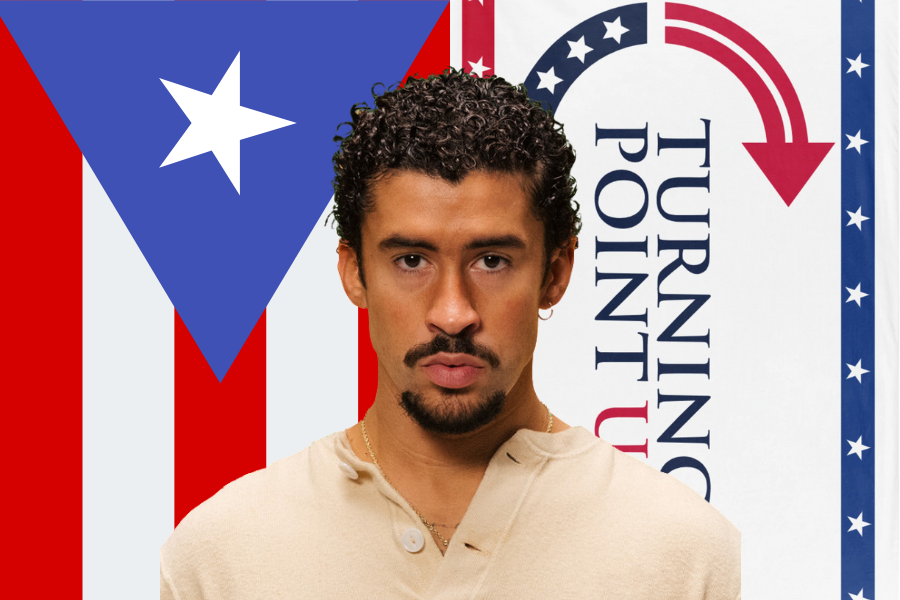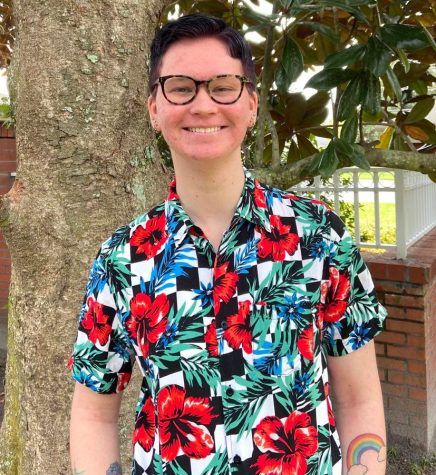Murder committed by police officers is a seemingly ordinary occurrence in America. Unarmed black men have often been the target of this violence. George Floyd’s death on May 25 in Minneapolis is a prime example of this.
Floyd, 46, was killed when Officer Derek Chauvin kneeled on his neck for nine minutes while arresting him. As seen in a released cellphone video, even when Floyd stated that he couldn’t breathe, gasped for air and begged, “Don’t kill me,” Chauvin did not budge.
What’s more, three other police officers witnessed Floyd’s painful death without intervening against Chauvin’s cruelty.
According to The Atlanta Journal-Consitution, the incident began when a grocery store employee called the police after Floyd was allegedly accused of using a counterfeit twenty-dollar bill.
Security footage outside of the grocery store showed police officers approaching Floyd, who was sitting in a parked car. He was put in handcuffs and forced to sit against a wall. As Floyd was forced to stand up, he showed clear signs of pain, including wincing and shaking his head.
What is missing from this surveillance video is Floyd’s subsequent gruesome death. According to The Guardian, his face eventually became expressionless and his eyes closed after having pressure applied on his neck from Chauvin’s knee.
Floyd was unarmed. According to CNN, Minneapolis police said in a statement that Floyd “physically resisted arrest.” However, the security footage refutes this. Floyd was not trying to physically fight the officer. He was lying on the ground. He was handcuffed. He was completely defenseless.
By definition, he was murdered by a police officer: Derek Chauvin.
Murder is defined by Merriam-Webster as “the crime of unlawfully killing a person especially with malice.” Kneeling on a defenseless human’s neck for several minutes while they exclaim that they cannot breathe is deliberate and full of malice – especially when the suspect is clearly subdued and already restrained.
Police officers are supposed to keep the public safe and recognize crime – murder is a crime. As of May 26, Chauvin and the other three officers that witnessed Floyd’s death have been fired by the Minneapolis Police Department, as reported by The Guardian.
According to CNN, Chauvin was taken into custody on May 29 and charged with murder. He was rightly charged, however it took much too long – his arrest occurred four days after the murder took place in plain sight.
But this has not always been the case for police officers who murder black men – even when the evidence is clear that they committed the crime.
In 2014, we saw former New York police officer Daniel Pantaleo walk away with murder after the evidence was clear that in fact killed 43-year-old Eric Garner. As reported by USA Today, Garner was tackled and placed in a chokehold by Pantaleo after being accused of selling loose cigarettes. Garner exclaimed, “I can’t breathe,” before entering cardiac arrest and dying. Bystanders also saw this murder occur.
Pantaleo has not been charged with murder. His only punishment was being fired from his position more than five years after he killed Garner.
Also in 2014, Michael Brown Jr. was murdered by Darren Wilson in Ferguson, MO. The 18-year-old was walking in the street when Wilson told him to walk on the sidewalk, the Associated Press reported. When Brown did not do as the officer told him, a scuffle broke out.
Brown was unarmed and eventually placed his hands up and leaned against Wilson’s car. Yet, he was shot in the back and was left on the road for four hours.
That boy lost his life that night from the injuries inflicted on him by the police officer. However, Wilson was not charged with murder or punished at all. He simply resigned.
By looking to the past and recognizing the pattern of outcomes, it should be evident that police officers often do not have to face consequences for their unjust actions. The rule of law states that all laws apply equally to everyone. This is clearly not the case for the police officers in the U.S. who have disproportionately targeted black men and have gotten away with slaying them.
While not every officer has the intention of unjustly harming a human being, in many cases, police officers are dangerous and target men of color. These examples show this. The duty of a police officer is to protect the public and enforce the law – but some police officers are failing to do so. Instead, they grossly abuse their power and get away with it too often. No one is above the law, especially not those whose job it is to enforce it.


